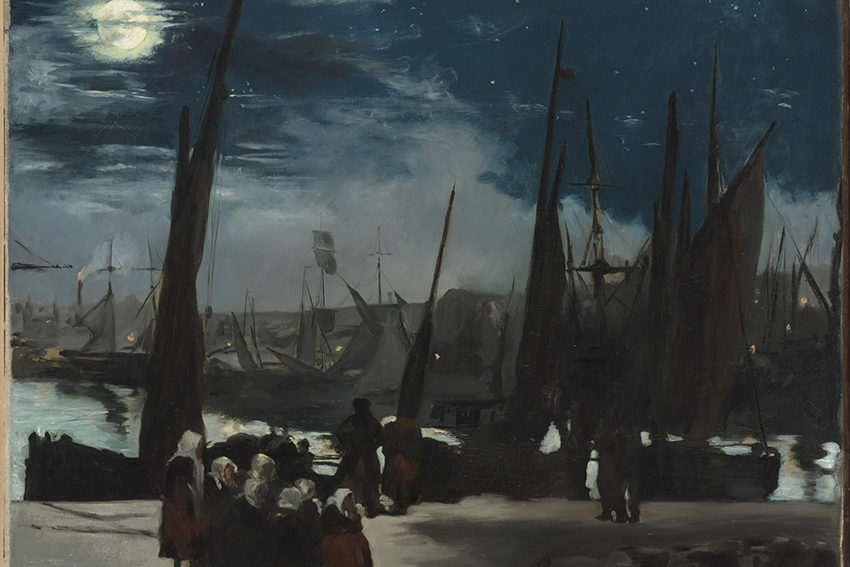Masterpieces from the Musée D’Orsay: A blockbuster study of colour

The highly anticipated Colours of Impressionism, Masterpieces from the Musée d’Orsay at the Art Gallery of South Australia (AGSA) is one of the most comprehensive presentations of Impressionist art in Australia.
Called “the most important exhibition ever to be shown” at the art gallery by AGSA director Nick Mitzevich, the blockbuster exhibition, which features more than 65 masterpieces, has just opened. Paul Perrin, curator of paintings from the Musée d’Orsay, says the exhibition is a special in-depth study of the d’Orsay collection.
“We selected only Impressionist paintings from the collection, and we selected artworks that were mostly speaking for the idea of colours,” Perrin says.
The Impressionist masterpieces on show at the AGSA have been carefully considered by Perrin and his fellow curator Marine Kisiel to highlight the revolution of colour that lies at the heart of Impressionism.

“We are looking at how to tell the history of Impressionism as a story of alliteration of colours, which is one part of the story of modern art,” Perrin says. “We wanted to present something that focused on our collection but we also wanted to make people have a fresh look at what is an Impressionist painting.”
The exhibition features a broad range of artists. Audiences can expect to see giants such as Claude Monet, Pierre Auguste Renoir, Camille Pissarro and Paul Cezanne as well as the work by Edouard Manet, Eugene Boudin (master of Claude Monet) and younger artists such as Georges Seurat.

Perrin used a chronological approach when selecting the works. As a result, the exhibition spans nearly 60 years of art and Impressionism featuring works from the beginning of the movement, paintings from Renoir and Monet in the 1850s, as well as later works by Renoir from 1910.
While it’s difficult to pick highlights, Perrin points out the strong ensemble of Monet paintings – there are 10 in total. Included is the early work, the Magpie (1868–1869) depicting a snow landscape in Normandy. It’s an important piece as it’s quite large (89cmx30cm) for an Impressionist painting. Plus, it was painted for the official Salon exhibition of 1869.

At the end of the exhibition is another important painting by Monet, Water Lily Pond (Pink Harmony) painted in 1900. Perrin says: “It shows how Monet and Impressionism transformed 20th century art. It shows this alliteration of colours and the subject, there are no more subjects: only light and colour, water and nature. In essence, it has all the developments of abstract and modern art of the 20th century.”
Impressionism continues to be popular today. This is partly due to its focus on colour and light, which is appealing to the eye. “It’s also a painting where you don’t need to have a curatorial background with history, mythology and religious knowledge to understand these paintings. It’s about how an artist looks at nature,” Perrin says.

For Australian audiences, it is interesting to reflect on the influence European Impressionism had on the local movement known as the Heidelberg School. Artists from the late 19th century, such as Tom Roberts and Arthur Streeton, were heavily influenced by the Impressionists in their interpretation of the Australian landscape.
Colours of Impressionism: Masterpieces from the Musée D’Orsay
Art Gallery of South Australia
Until Sunday, July 29
artgallery.sa.gov.au
Feature image:
Edouard Manet France, 1832-1883 Clair de lune sur le port de Boulogne (Moonlight over the Port of Boulogne) 1869 oil on canvas 81.5 x 101 cm Musée d’Orsay, Paris, France ©photo Musée d’Orsay / rmn